Here is a process for talking about tension-filled topics. Useful for families, small groups, businesses, and private and governmental organizations, now, more than ever, because we are divided by political party, race, religion, and region, dialogue is an essential tool.
The word “dialogue” suffers from over-use, yet its practice is as transforming and as freshly hopeful as ever. Authors Schirch and Campt demonstrate dialogue’s life and possibilities in this clear and absorbing manual: “Dialogue allows people in conflict to listen to each other, affirm their common ground, and explore their differences in a safe environment.” Chapters include: Defending Dialogue, Organizing a Dialogue Process, Moving from Dialogue to Action, Assessing Dialogue Effectiveness and more.
Schirch has worked throughout the Southern hemisphere in peacebuilding projects. Campt has focused on racial and class reconciliation in American cities.
Reviews:
This is a very practical book. I was especially interested in how to talk with friends and neighbors who differ from me in political views. I don’t like the irrespective way that I have been thinking about those on the other half of the political spectrum. I learned some important elements of a good, non-threatening approach to difficult conversations. For one, if presenting facts is an immediate “stopper” (because people immediately think that your facts differ from theirs, and the whole conversation devolves into an argument about facts), then maybe it might help to start off with a more listening approach (even though no facts should be denied). (Amazon reviewer, 2024)
This book has lots of helpful information and was a satisfying read. I’ll keep it handy and refer to it often. It seems more relevant than ever to have positive conversations as we recover from such difficult times with Covid and the economy. (Amazon reviewer, 2022)
This book amazed me in its simplicity and profound insights. As an instructor and practitioner in conflict resolution, I have read many books and journal articles on the topic of dialogue. This little book takes the concept of “dialogue” to a whole new level of clarity, compassion, and higher understanding. It reminds us that our future survival on planet earth – amidst our pressing global concerns – depends on our abilities to creatively address our problems through dialogue for positive social change. This is the same message that the Dalai Lama shares in his public talks: we need to promote the spirit of dialogue and cease the use of violence to resolve differences among people.
Lisa Schirch and David Campt approach their book in simple terms that most people can understand. All the while, there is a rich depth in their writing that reveals the fact that the authors are highly educated and experienced practitioners in the field of dialogue. Their use of examples, interspersed throughout the book, draw on their unique experiences yet distill universally applicable guidelines, challenges, and solutions for people everywhere.
As dialogues begin in my own community, I will use this book as a template to guide the planning, development, implementation, and evaluation of the dialogues. The book gave me insights on how to articulate the distinctions of dialogue from other communication processes and it helped me to better understand important ideas for designing dialogue. While reading the book, I often heard my mind thinking: “ah-ha . . . that’s interesting . . . I never though of it like that before.”
I believe that this book is critical for anyone involved in holding dialogues for community transformation. The beauty and paradox of this book is that it is infused with a broad social and spiritual framework while being a “little book.” I would be very happy to know that everyone around the world would use the book’s insights as a way to promote deeper human values and facilitate a “new shift” in the 21st century. (Amazon reviewer, 2008)

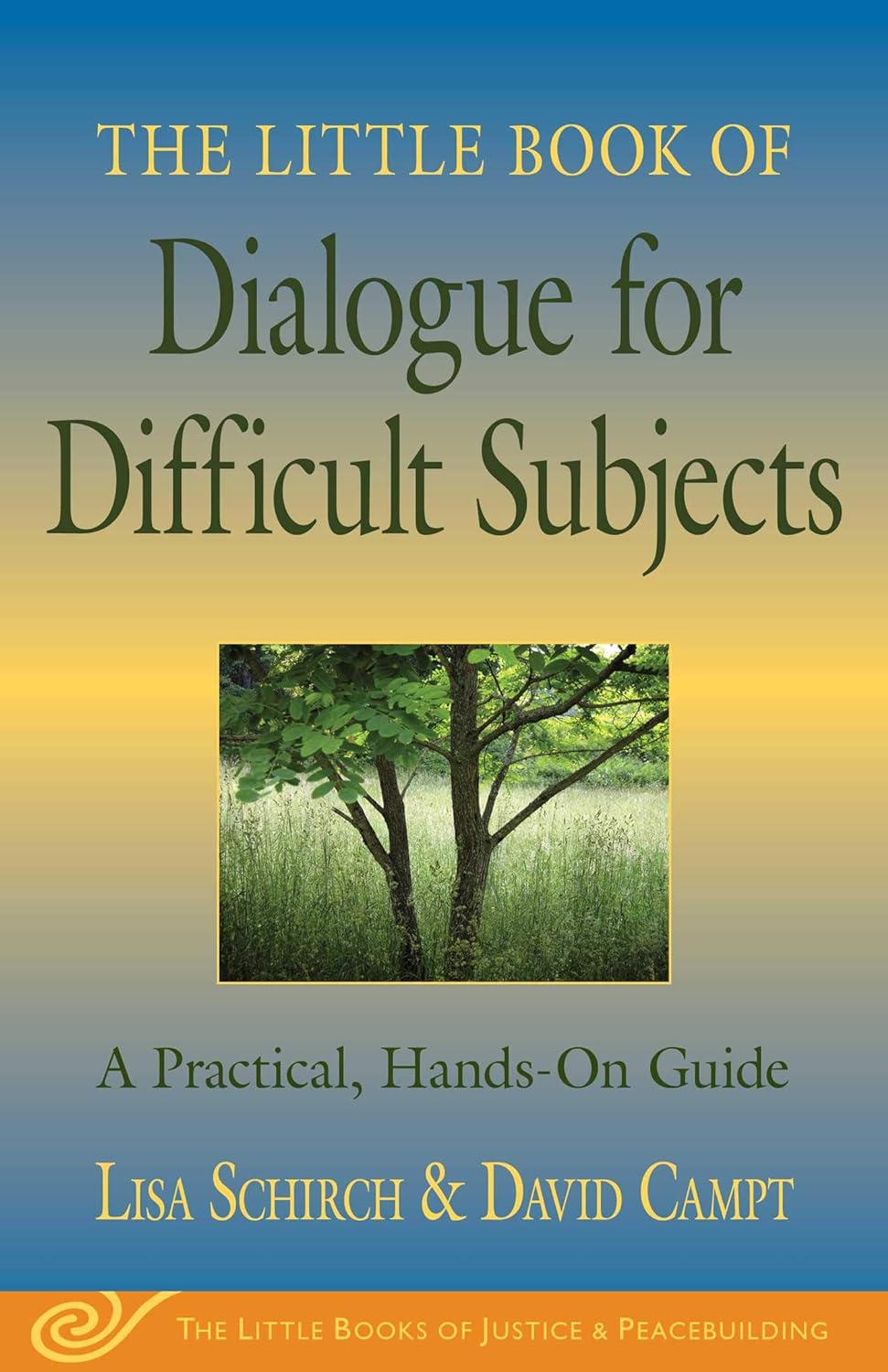
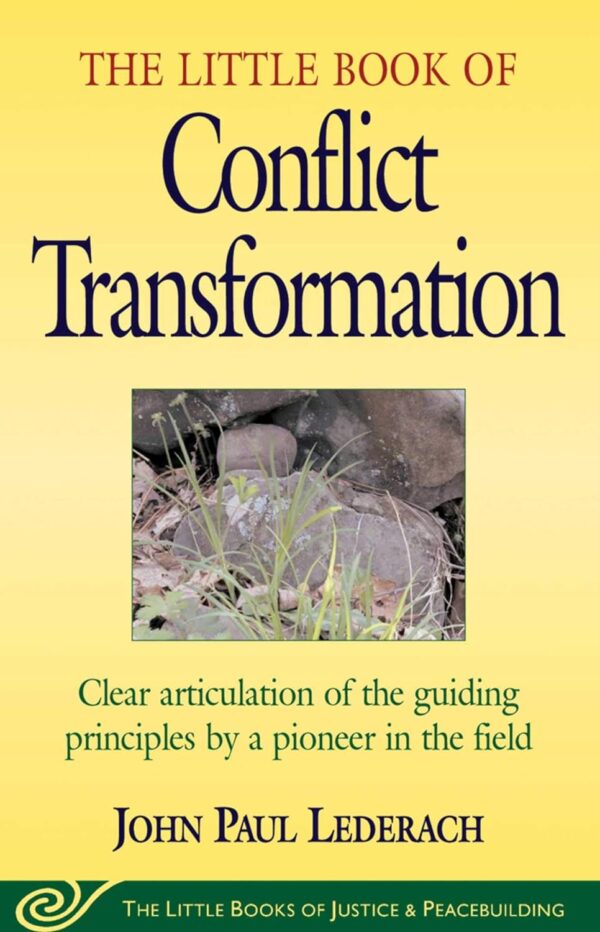
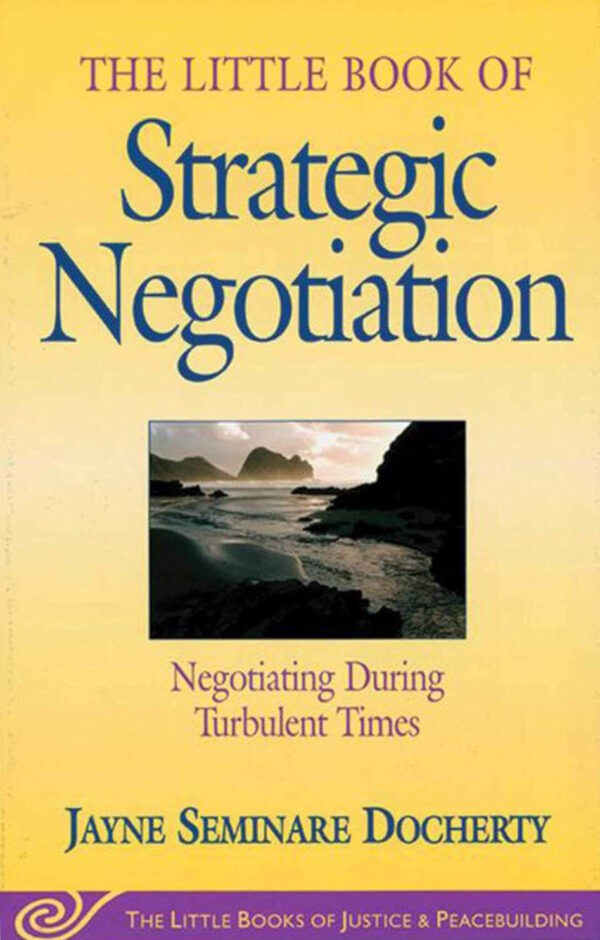
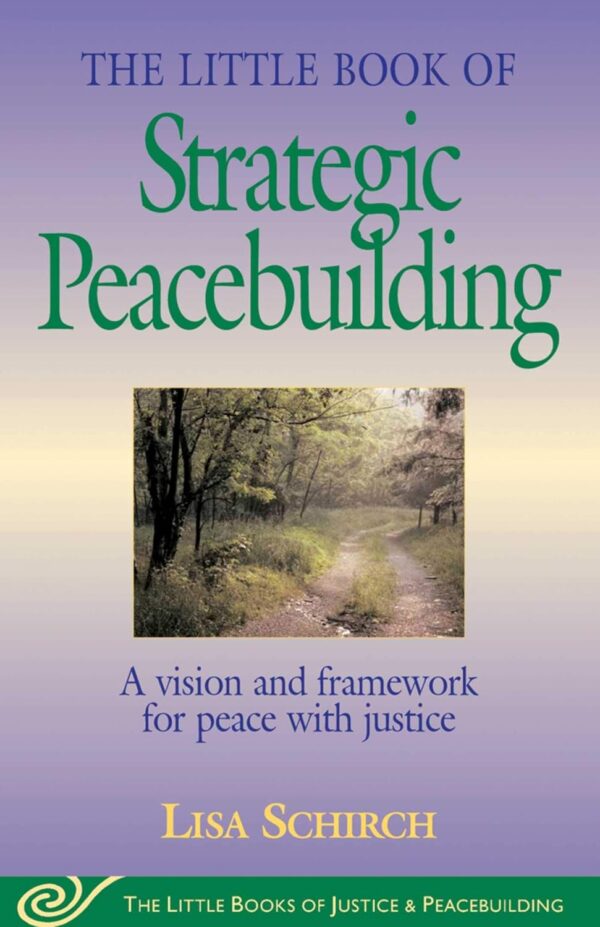

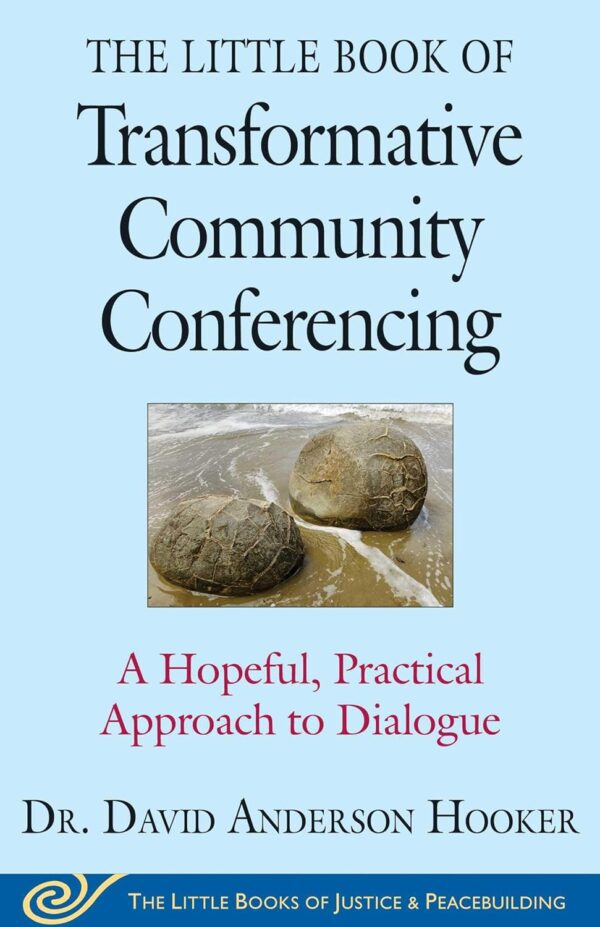
Reviews
There are no reviews yet.